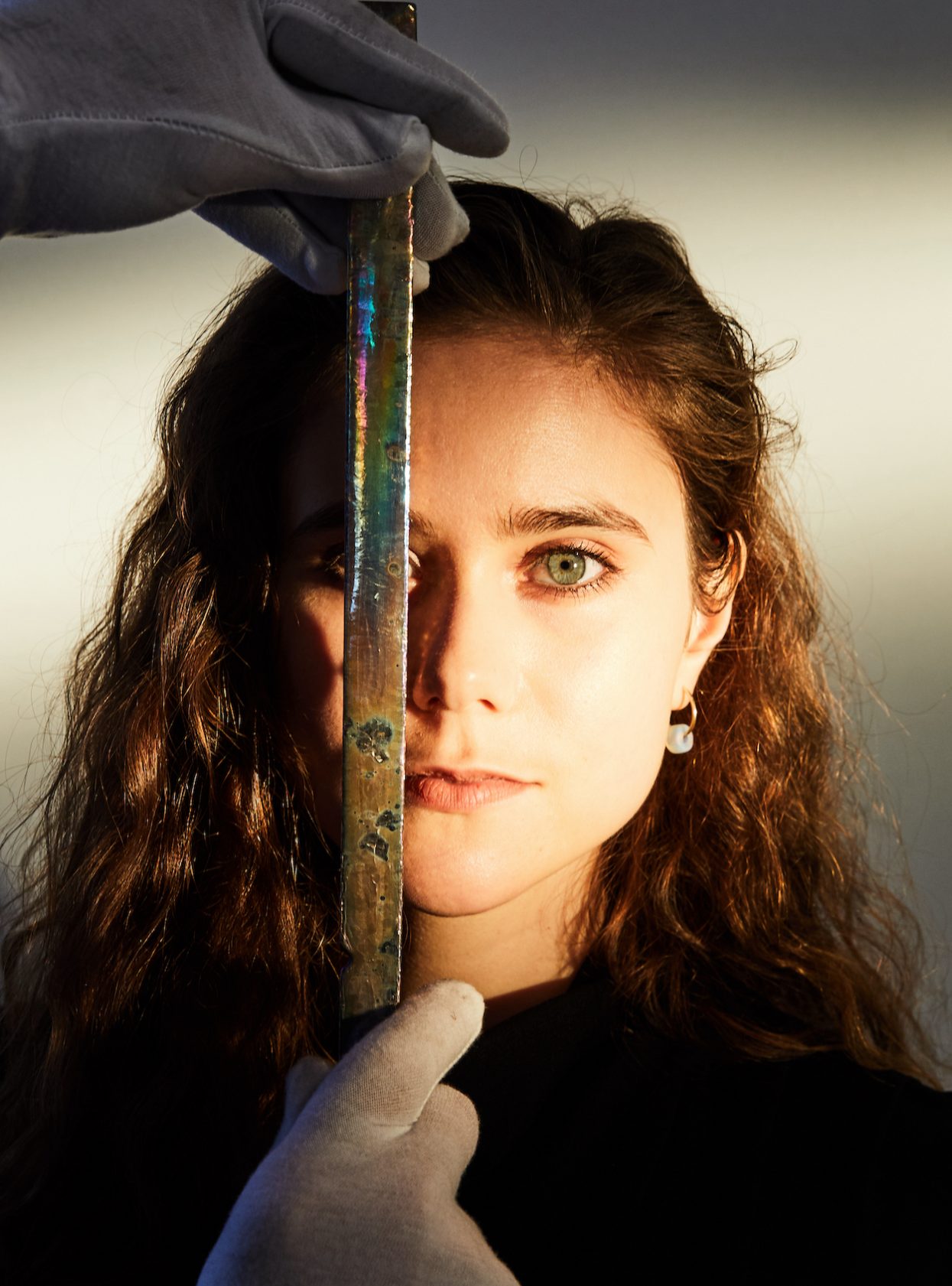Here, we ask an artist to frame the essential details behind one of their latest works.
Bio: Seffa Klein, 26, Los Angeles and Northern Arizona (@seffaklein)
Title of work: WEB (Walk Through Zero), 2023.
Where to see it: “WEBs: Where Everything Belongs” at SFA Advisory (45 White Street, New York), until May 31.
Three words to describe it: Imaginary, terminal, sincere.
What was on your mind at the time: This work is part of a series called WEBs, which is an extension of my prior series, Gazes. The Gaze paintings emerged as a meditation on the power of one’s focused attention to develop higher-order structures within one’s consciousness, thereby accessing a sense of order in the universe. They also reference my practice of “sun gazing” in which I’m able to safely gain energy from looking at the sun for short periods when it’s low on the horizon. With the WEBs, I’ve created radiating compositions that encompass more complex forms than the Gazes, finding interconnectivity between many of the materials and ideas I’ve explored over the past ten years.
They propose the mindset that through our gaze we can perceive that everything truly belongs in the universe. Every day we weave the proverbial web of our attention, and its shape determines what we catch. The visual language expressed beneath the plaster-relief scaffolds and the radiating bismuth facade has emerged from my attention to forms that repeat across all scales: flower petals, electron orbitals, fluid dynamics, phase changes, and supernovae. I want to evoke a sense of belonging in that mystery—the familiar-mysterious, the uncharted-comfortable, the experience of looking at the stars. These kinds of paradoxical feelings help us open our minds to the multifaceted nature of the universe.
With WEB (Walk Through Zero), I was creating a doorway through the ontology of a previous body of work (MDT) by using its quintessential symbols of a circle interwoven with a square. The ontology proposes your connection to everything in existence, but this title is asking “what’s beyond the universe?” Walking through zero is also walking through infinity, and the radiating gaze form is the invitation to pass through and beyond all of it.

